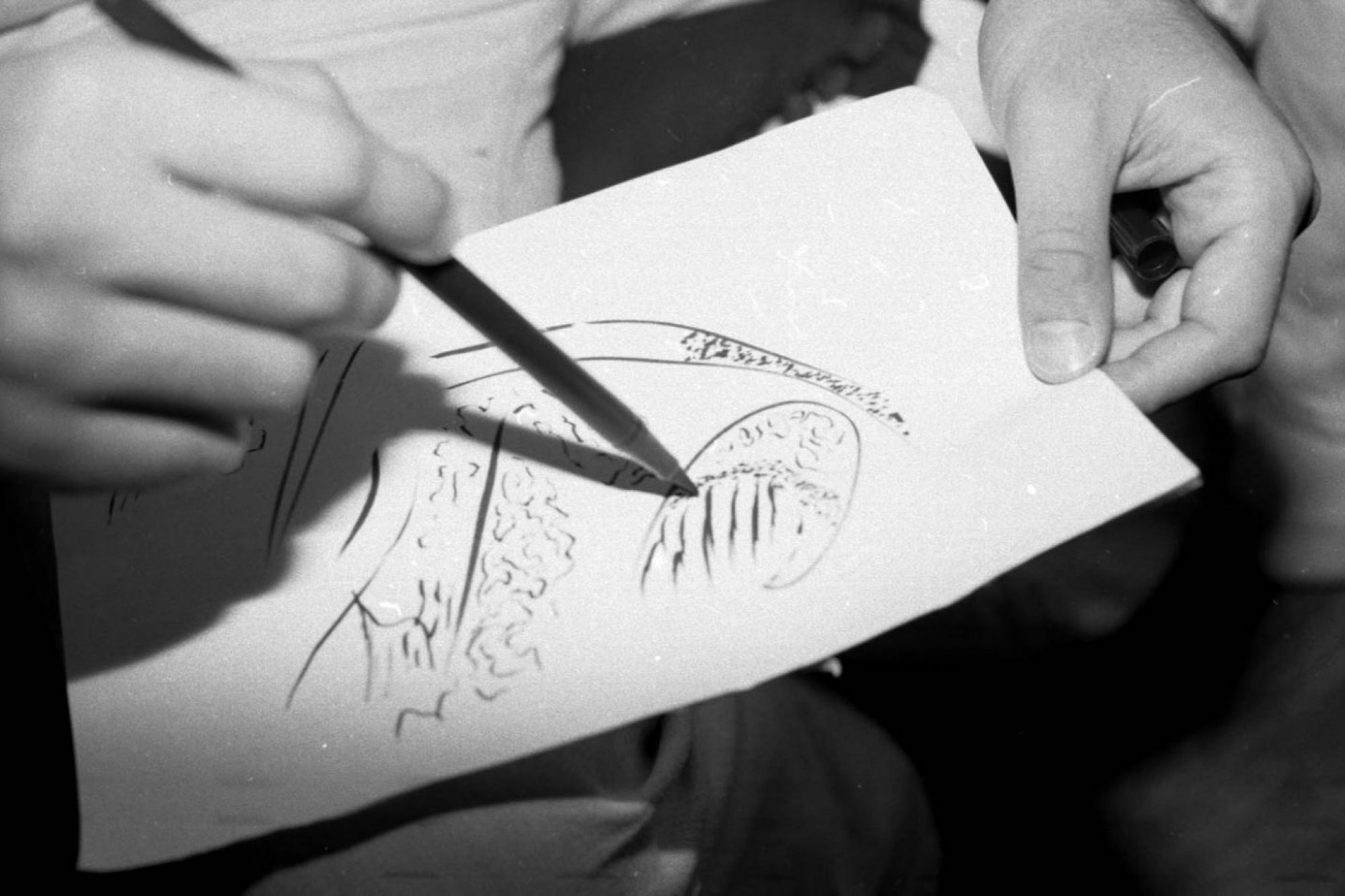Students’ cultural images – Revisions, p. 60
I believe Blatherwick’s Critical Action Research Project helped teachers prepare lesson plans based around a concept that wasn’t so critically analyzed. Firstly, representing culture through images is limiting (and may perpetuate stereotypes and tokenism; however, this could open up other avenues of discussion into why we attribute certain images with certain cultures.) In addition, the fact that there was a heavy emphasis on ethnicity being specific to defining culture is problematic.
In Blatherwick’s project, ten grade five teachers asked their students to create images of their cultural heritage or what makes them culturally unique in relation to their ethnicity. “To the amazement of several teachers,” most of the students could not define their culture but minorities could (63). I thought this was funny. Earlier in the article, Blatherwick mentions that New Brunswick has the highest population of Anglophones. What does Anglophone mean in relation to ethnicity? From my understanding, it means English speaking, but while I was reading this article, I feel like it also meant being white. And from previous readings, white students often don’t think they have a culture because their culture is the norm. What are other simple ways to discuss culture beyond race in the classroom? A way to include upbringing, stories, and personal narratives?
The World of Adolescent Art – Revisions, p.169
I found this article particularly interesting in reference to assessing adolescent’s talent, and addressing their engagement with art outside of school. Retallack-Lambert describes talent as how we understand the particular way an adolescent exists in a world of cultural objects. How can teachers assess such existence, or reflection of experience and learning? It reminds me of what Sandrine said: she evaluates students based on the student, not the artwork. This issue of assessing talent doesn’t just concern art teachers, but teachers of other subjects as well. My dad teaches accounting and said that he wish he didn’t have to give marks. However, parents play a huge roll in regards to assessing their teenager’s talent. Most want a result, and some mark of progress, and that shouldn’t be a surprise because most of the world works this way.
I can connect with Retallack-Lambert’s statement about students being more engaged with art outside of school because it is of personal interest, and can occur indirectly. It’s interesting that there is a general focus on refinement and elaboration rather than exploration during these interactions. This can be likened to reading. When the reader gets to select the subject matter, type of book, and pace, reading is more enjoyable. If teachers can maybe set aside a lesson plan that involves students in shaping the direction of the project, it could generate more interest. However, I wonder what are some ways to guide or control the direction while accounting for everyone’s input.
